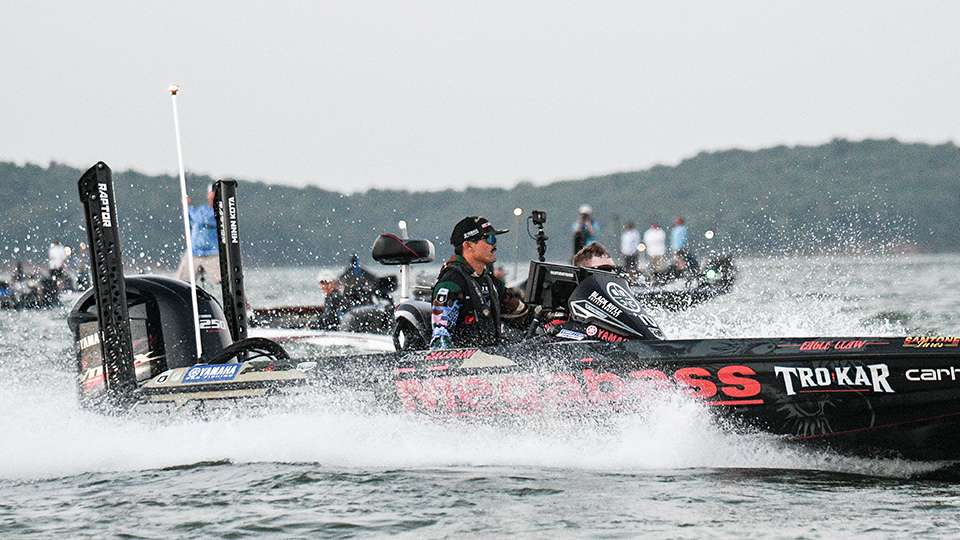
I’ve fished around the country for years in the winter. And, no matter where I’ve been I’ve found three constants — I like to call them rules — for catching bass when the water gets cold and the days get short.
Here goes …
Fish in the afternoon
Unless there’s a cold front moving in the warmest hours of the day are between 1 p.m. and 4 p.m. That’s when the crayfish, baitfish and almost everything else that lives in the water becomes the most active.
It’s tempting to fish at daybreak. I know that. Things are calm and on most days you won’t see very many other anglers. But the thing is that early morning is the coldest time of the day, and it’s usually when the water is at its coldest too.
If you have to launch your boat at sunrise, pack a sandwich and stay until almost dark. You’ll catch more fish if you do that.
Fish hard bottoms
For reasons I don’t pretend to fully understand winter bass like to hang out in areas with a hard bottom. Avoid anything that’s silty whenever possible.
Another thing is that hard bottom areas with a steep drop are the best. Day in and day out they’ll outproduce any other place in the lake. They’re not hard to find, either. The water’s clear so that helps somewhat. But the most important thing is to watch your SONAR for places where the hydrographic lines are close together. That marks a steep drop.
Now, I’m a sight angler. I like to look around and visualize. So my favorite places are around riprap banks, dams and bridges. Most of them have hard bottoms around them and they tend to drop off fast.
Fish slow or fish fast
The best way to start your presentation is to work your bait slow, and when I say slow I mean really slow. What you should be doing is giving the bass all the time in the world to find your bait and move in to eat it. As a general rule you should move your lure no more than a third as fast as usual — a fourth is even better.
Most of my slow presentations are with jigs and trailers. Pick the head design you like the best and the skirt material you like the best. I suppose at times those things make a difference, but it’s impossible to give you a general rule for when to use one over the other.
The other way to fish in the winter is the exact opposite of what I just said. Move you lures fast, and I mean really fast.
Don’t buy into the nonsense that winter bass rarely eat. They’re fat in the winter. They don’t get that way by not eating. And don’t buy into the nonsense that bass in cold water are too sluggish to catch a lure that’s moving fast. You can’t move one quick enough that a feeding bass can’t catch it if he or she wants it. They have tremendous survival skills.
Here, I’m talking about using lures that have been around forever. That would be the legendary Silver Buddy, the age-old Rat-L-Trap and a hard jerkbait. Snap the Silver Buddy up as fast as you can and them let it fall back down. Work a Rat-L-Trap the same way. Think about a yo-yo. And, snap your jerkbait a couple of times, let it sit for no more than two seconds and then repeat. Long, motionless pauses don’t get it.
I don’t pretend to know all the answers, but experience has taught me that these three things work for me anywhere in the country during the wintertime. I hope they do the same thing for you.

